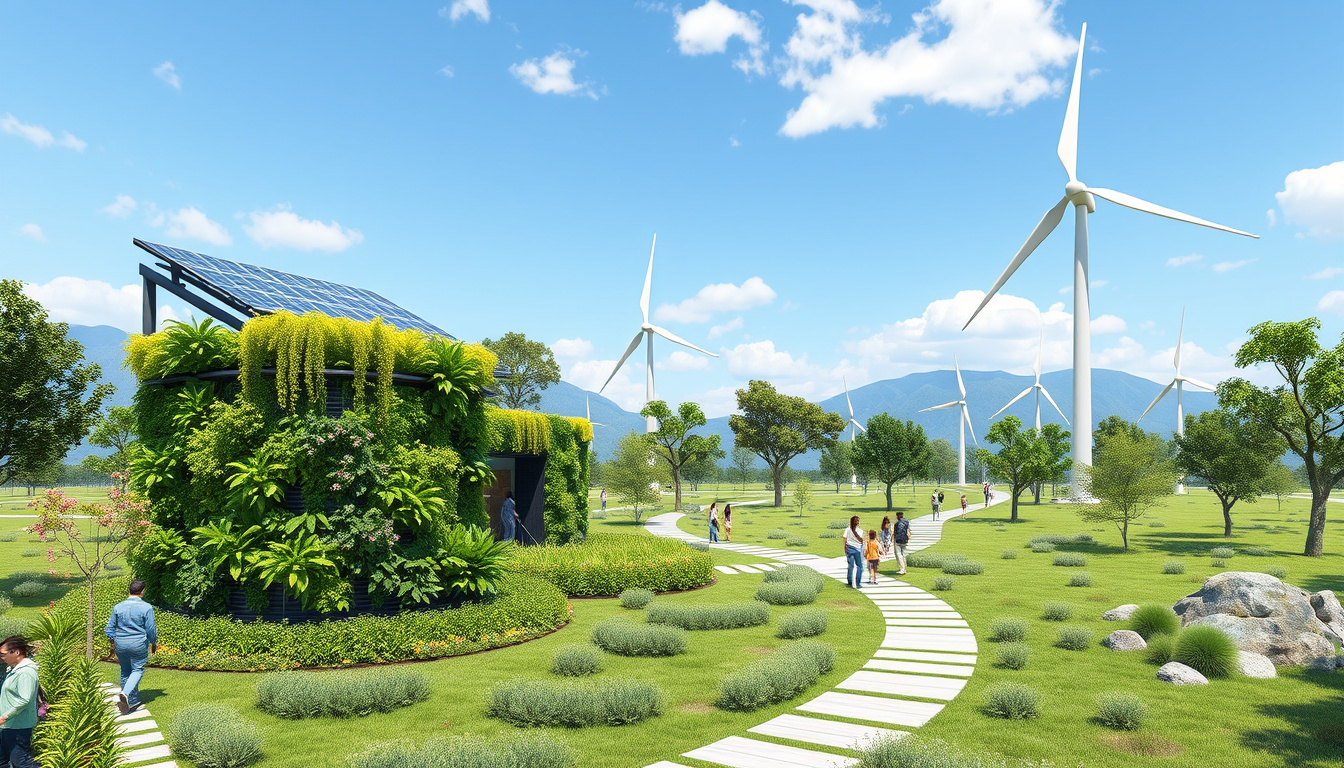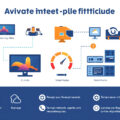The environment encompasses the myriad of biological, chemical, and physical components that define our planet and the living organisms that inhabit it. Defining the environment extends beyond the natural ecosystems of Earth; it also encapsulates human interaction and the impact of anthropogenic activities. As global challenges such as climate change, pollution, and habitat loss threaten ecosystems, innovative strategies for a sustainable environment have become increasingly pivotal. This article explores these strategies and how they contribute to a greener future.
Understanding the Environment
By its broadest definition, the environment includes both natural and artificial aspects. It is comprised of biotic components (living organisms such as plants and animals) and abiotic elements (non-living parts like air, water, and minerals). The natural environment is one that remains unaffected by human activities, whereas the built environment encompasses areas transformed by human development, such as cities and agricultural lands. The balance between these two realms is critical for sustainable living.
The Natural Environment
- Components: The natural world consists of ecosystems formed through intricate interactions between living organisms and their physical surroundings. Climate, water sources, soil types, and ecosystem dynamics dictate the functioning of these systems.
- Human Impact: The Anthropocene epoch denotes the significant and lasting impact of human activity on Earth’s geology and ecosystems, particularly through climate-related events, pollution, and biodiversity loss. As such, adopting sustainable practices has never been more urgent.
The Built Environment
- Transformations: Urbanization and industrialization have transformed large swathes of the planet into built environments. These developments have introduced both challenges, such as urban heat islands and pollution, and opportunities for implementing sustainable practices.
- Restoration: Initiatives such as green architecture and urban green spaces aim to mitigate the environmental impact of built environments while promoting biodiversity and improving quality of life.

Innovative Strategies for Sustainability
To address the environmental crises, various innovative strategies can be employed:
1. Circular Economy
The linear economy model, characterized by a "take, make, dispose" approach, is being superseded by the circular economy, which emphasizes sustainability through reusing and recycling materials. This model conserves resources, reduces waste, and lowers carbon footprints.
2. Renewable Energy
Transitioning to renewable energy sources such as solar, wind, and hydroelectricity is critical for reducing greenhouse gas emissions. Innovations in energy storage and smart grids facilitate the integration of these renewable sources into existing infrastructure, creating more resilient energy systems.
3. Sustainable Agriculture
Implementing sustainable agricultural practices, such as permaculture and integrated pest management, can enhance food security while protecting ecosystems. These methods focus on minimal chemical use, preserving soil health, and promoting biodiversity.
4. Conservation Efforts
Conserving natural areas and biodiversity through protected areas and wildlife corridors ensures the survival of species and habitats. Reforestation and habitat restoration initiatives aid in reviving degraded ecosystems.
5. Green Technology
Emerging technologies, including smart water management systems, air quality monitors, and advanced waste management techniques, can significantly reduce environmental impacts while enhancing urban life. Smart cities leverage technology to optimize resource use and improve ecological health.
6. Education and Community Engagement
Promoting environmental education fosters a culture of sustainability. Engaging local communities in sustainability initiatives encourages participation and empowers individuals to make environmentally conscious choices.
The Future of a Sustainable Environment
Realizing a sustainable future involves a collaborative effort from individuals, governments, and businesses. By integrating innovative strategies into societal frameworks, we can curb environmental degradation and enhance resilience against climate change.
Conclusion
Understanding the environment and its challenges is essential for fostering sustainable practices that ensure the health of our planet for future generations. By adopting innovative strategies and prioritizing sustainability, we can unlock a greener future, balancing human needs with ecological preservation. Embracing this transition will not only protect our natural resources but also promote a sustainable lifestyle that honors the interconnectedness of all life on Earth.



